
Veneers in Prague: price, installation and benefits of ceramic veneers
Veneers are ultra-thin ceramic shells that are bonded to the front surface of the teeth to enhance their appearance. At the Omni Dent Clinic in Prague you can have high-quality ceramic veneer teeth placed from as little as Kč 12,000 per tooth. The final fee is determined after a dentist’s consultation and depends on each patient’s individual needs.
What are veneers and why have them placed?
Veneers are a state-of-the-art aesthetic dentistry solution that can completely transform a smile. These wafer-thin ceramic plates are bonded to the tooth surface, masking defects and creating a perfect appearance.
Main advantages of veneer installation:
- Correction of tooth shape and size
- Repair of chips and cracks
- Whitening of dark or stained teeth
- Closing of gaps between teeth
- Alignment of slightly crooked teeth
Veneers price in Czechia: affordable quality in Prague
Many patients ask about the cost of veneers in the Czech Republic. At our dental clinic in Prague prices start at Kč 12,000 per unit, making top-class aesthetic dentistry accessible to a wide range of patients. The veneer cost varies according to case complexity, number of teeth and chosen material.
Why choose treatment in Prague (“veneers Europe”)?
- High European quality standards
- More affordable prices than Western Europe
- Experienced dentists with international credentials
- State-of-the-art equipment and materials
Veneer installation costs
Note: Final pricing is confirmed after consultation and depends on case difficulty, the number of units and the selected material. Special offers and instalment plans are available.
Ceramic veneers for the front teeth: technology and materials
Ceramic veneers are made from premium dental porcelain whose optical properties closely resemble natural enamel. Our clinic uses only proven materials that are also applied in other branches of orthopaedic dentistry.
Manufacturing methods
- Pressed ceramic – veneers are milled from a single ceramic ingot under pressure
- Layered technique – allows multi-shade, highly aesthetic results with depth and translucency
Veneers for the front teeth are vital to smile aesthetics because these teeth are most visible when we speak and smile. Our specialists tailor the result to each patient’s facial features for a natural look.
Indications for veneers
Aesthetic indications
Veneers are recommended for patients seeking to improve their smile’s appearance. They can be life-changing for people self-conscious about their teeth.
Medical indications
One key indication is post-orthodontic treatment. After teeth have been realigned, veneers can help maintain results and prevent relapse.
Restorative purposes
Veneers are ideal for rebuilding worn or repeatedly restored teeth, delivering a long-lasting, aesthetic outcome compared to repeated composite fillings.
Veneer installation process: steps and timeline
Placing veneer teeth (price includes the full workflow) involves several stages:
First visit (diagnosis & planning)
- Comprehensive oral examination
- 3D tooth scan
- Digital Smile Design
- Fabrication of temporary mock-ups
Professional dental hygiene is mandatory beforehand to ensure optimal bonding.
Laboratory phase (2–3 weeks)
Individual ceramic veneers are fabricated using the impressions and digital design.
Second visit (placement)
- Removal of temporaries
- Try-in of final veneers
- Bonding with high-strength adhesive
- Final polishing and fine adjustments
How many veneers do you need?
The decision to buy veneers calls for careful planning of unit numbers. Options:
- Single teeth – local corrections
- Group of front teeth – harmonious smile line
- Full smile zone – maximum aesthetic impact
More involved cases can be combined with dental implants if teeth are missing.
Pain control and anaesthesia
Veneer placement is performed under local anaesthesia, ensuring full comfort. Sedation is available for anxious patients. The procedure is minimally invasive compared to surgical interventions.
Lifespan and durability of veneers
Quality ceramic veneers are highly durable. Key factors:
- Material quality – only certified porcelain
- Bonding quality – modern cements last 10–20 years
- Proper tooth preparation – caries-free, well isolated
- Strict protocol – precise clinical workflow
Contraindications and limitations
Age limits
Not recommended for patients under ~23–24 years until skeletal growth is complete.
Medical contraindications
- Bruxism (teeth grinding)
- Severe bite discrepancies
- Extensively damaged teeth
- Poor oral hygiene
Caring for veneers
- Daily home care – brushing twice daily
- Regular check-ups – dentist visits and professional cleaning
- Trauma avoidance – protect from impacts
- Temperature care – avoid extreme heat/cold
- Caution with hard foods – don’t use teeth as tools
Why choose veneers in Prague at Omni Dent?
Veneers Prague combine European quality with fair pricing. Our advantages:
- Seasoned specialists with international expertise
- Cutting-edge equipment for precise diagnostics
- Premium materials from leading brands
- Individual treatment plans
- Quality guarantee on all work
- Central location in Prague (Žižkov, Chlumova 206/21)
Our team has over 12 years of experience and has helped more than 8,000 patients achieve their dream smiles – browse our composite veneers before and after gallery for proof.
Alternative aesthetic dentistry options
- Crowns – for severely damaged teeth
- Composite restorations – part of conservative therapy
- Tooth whitening – colour change without preparation
- Prosthetics – using implants where teeth are missing
Conclusion
Veneer installation is an investment in confidence and an attractive smile. At our Prague dental clinic you receive top-quality care at reasonable prices, backed by modern technology and materials. We’ll work with you to create the smile you’ve always wanted.
Book a consultation to learn more about aesthetic dentistry and get an individual treatment plan. Remember: a beautiful smile is not a luxury—it’s an achievable reality!
Prosthetic Products - Fixed:
-
Full ceramic crown – aesthetic
12,000 CZK -
E-max full ceramic veneer
12,000 CZK -
Composite/ceramic overlay
8,000-10,000 CZK -
Temporary crown
4,500 CZK -
Full ceramic zirconia crown on implant + abutment
14,000 CZK -
Highly aesthetic full ceramic crown on implant + abutment
16,000 CZK -
Temporary crown with abutment, immediate implant loading
5,000 CZK
Examples of work

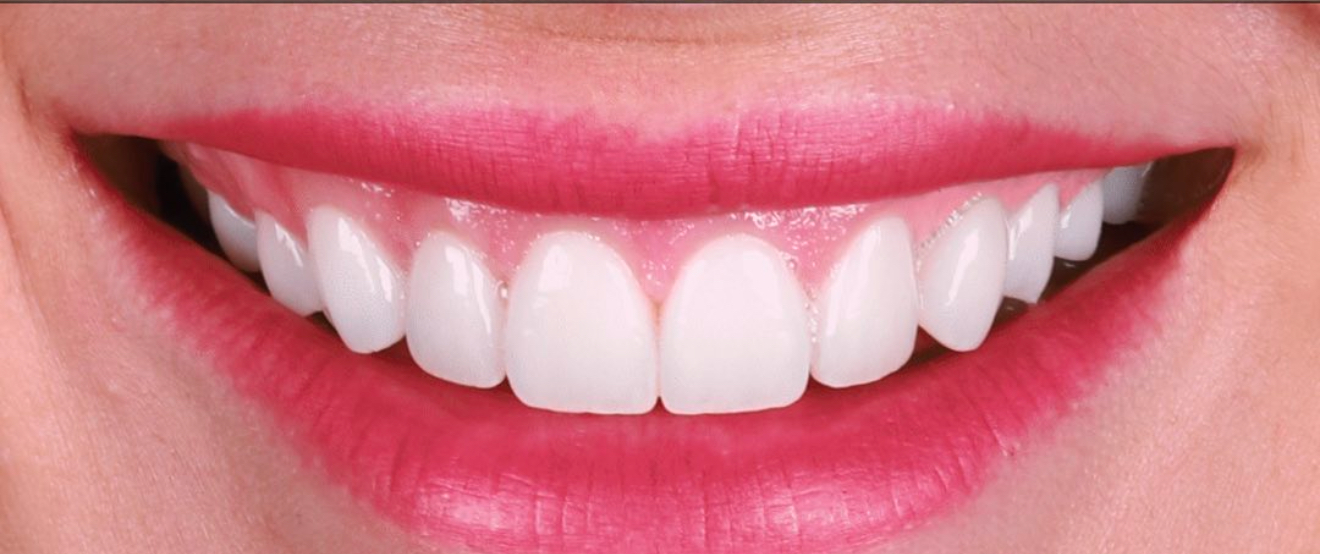


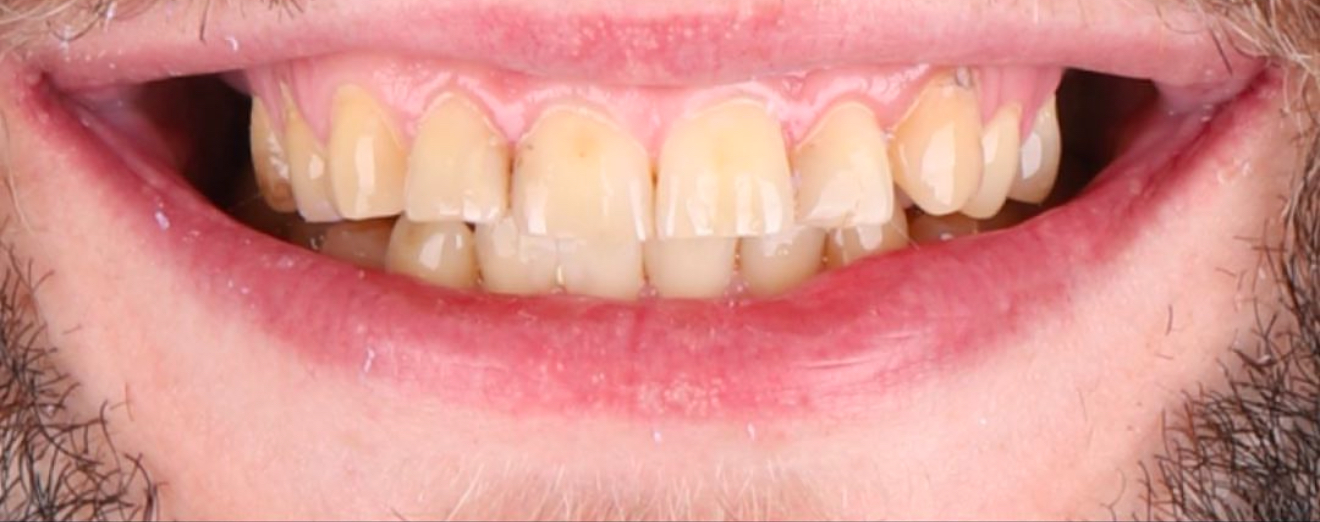
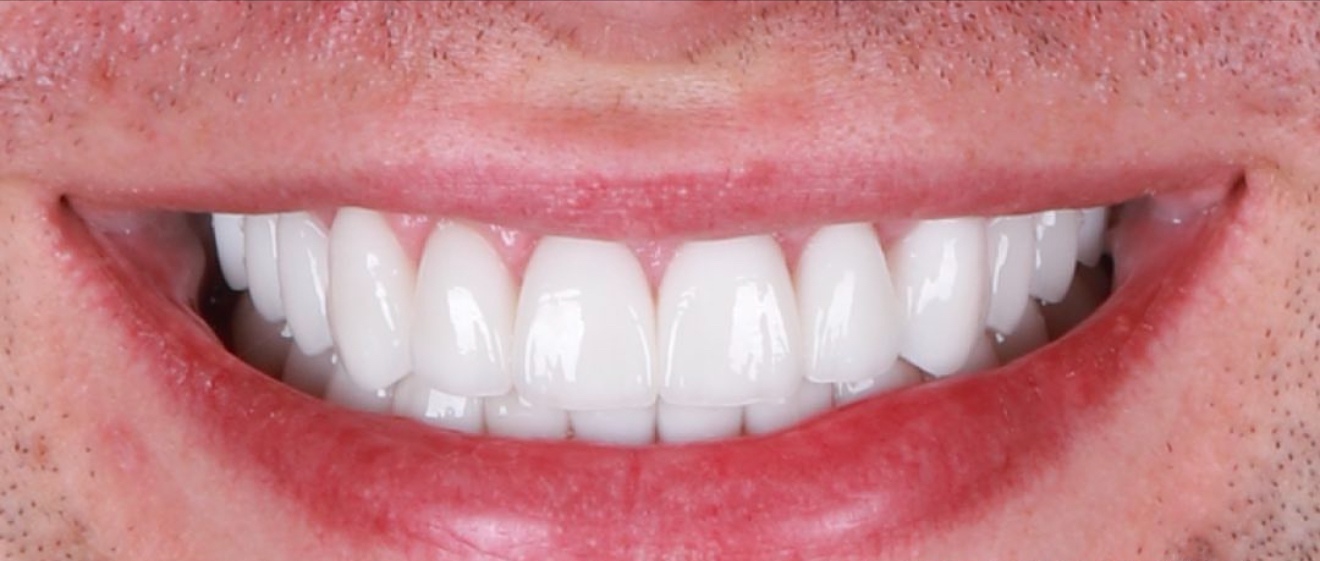
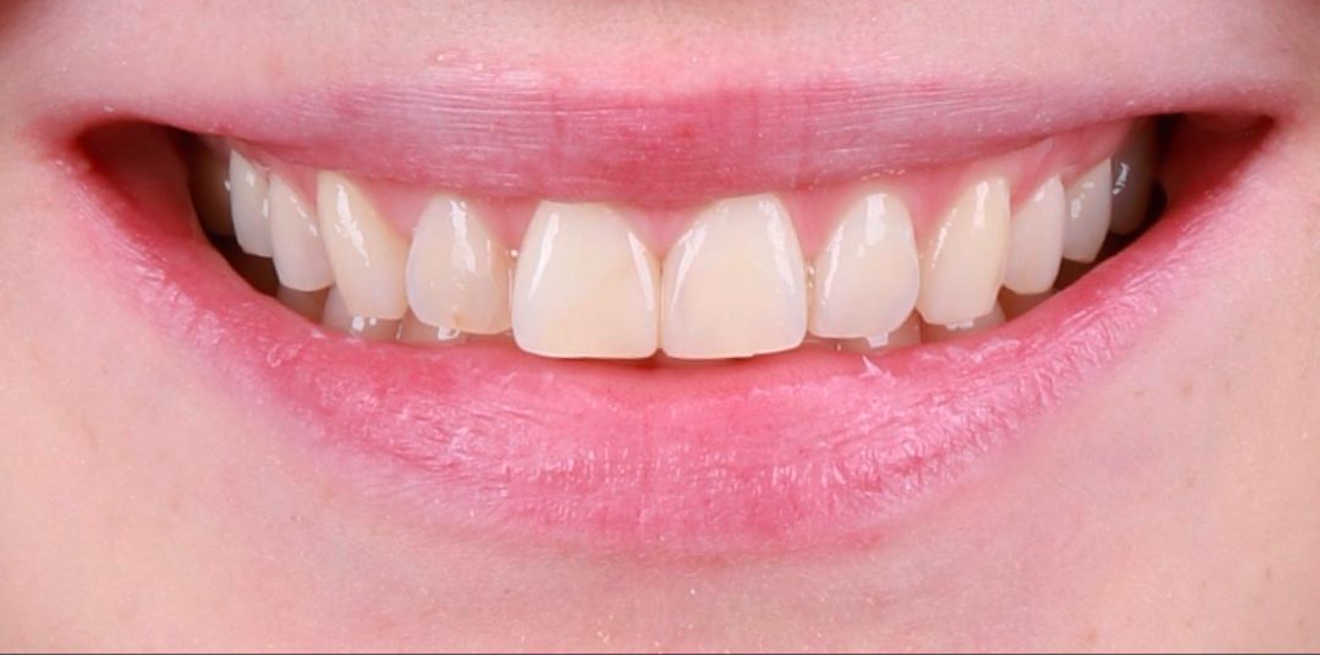
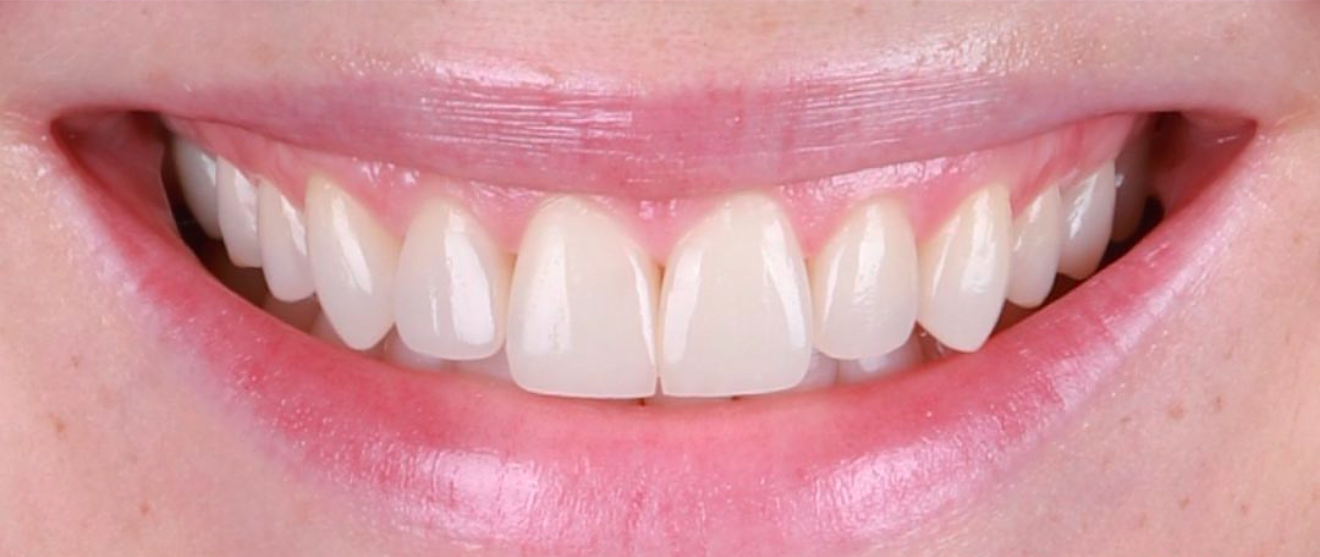
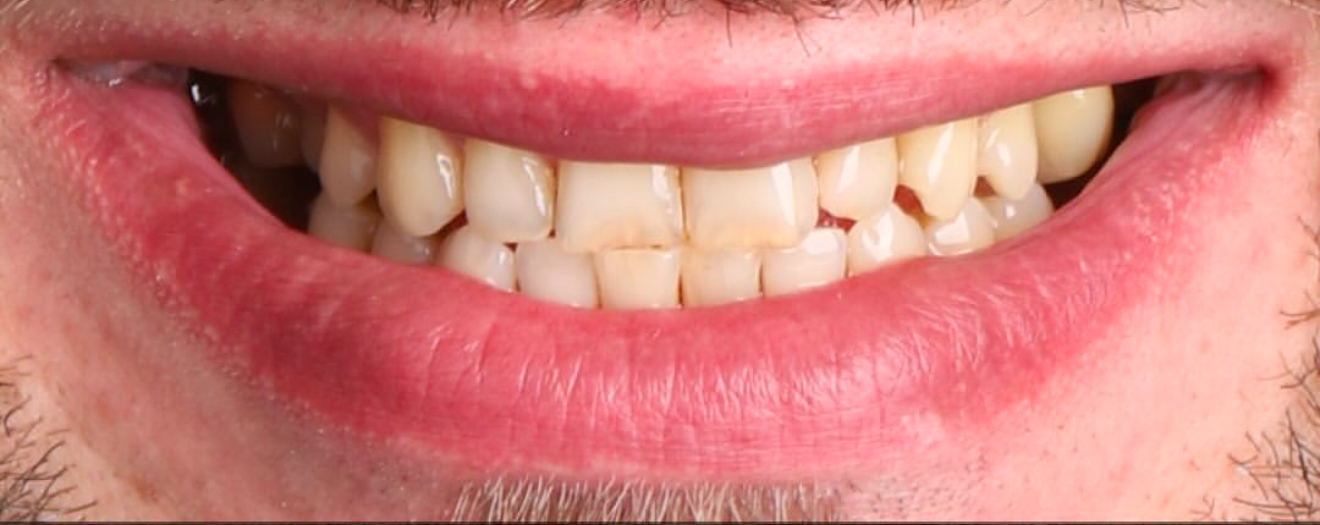
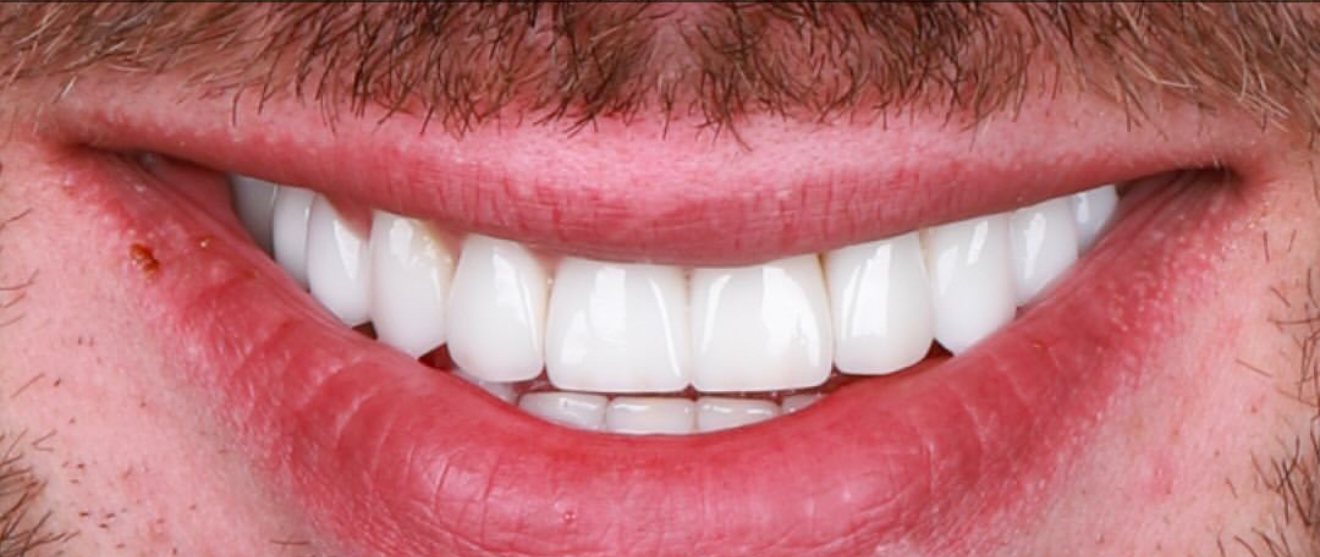
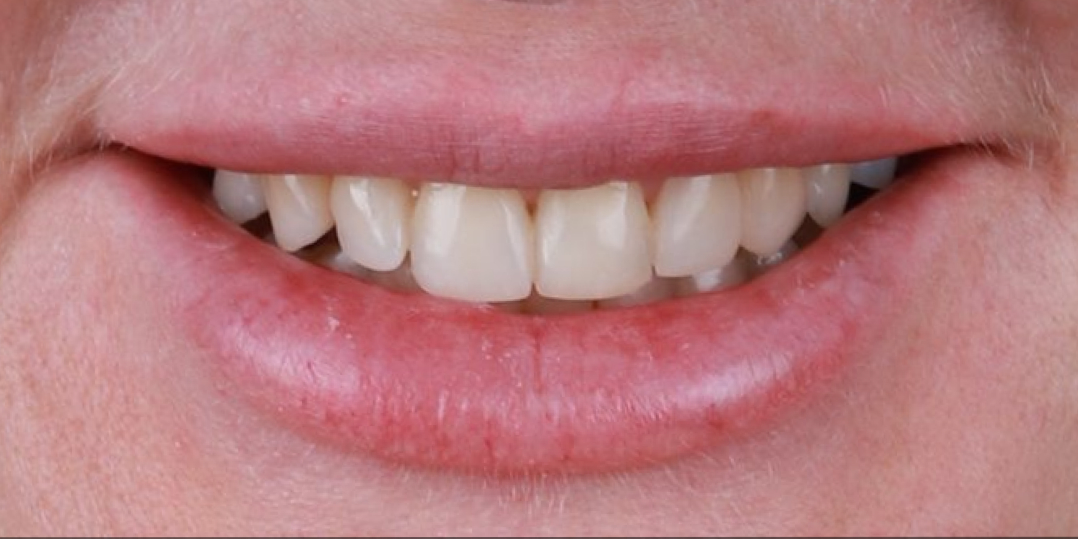


Alina Nazarevyc
Dentist-therapist

Irada Richtrova
Dentist-therapist